Swiss National Park in eastern Switzerland encompasses approximately 42,000 acres of verdant land, giving visitors access to roughly 50 miles of trails that weave in and out of valleys backed by the breathtaking Swiss Alps. While hiking, keep an eye out for wildlife ranging from well-known animals like foxes and eagles to Alpine ibexes.
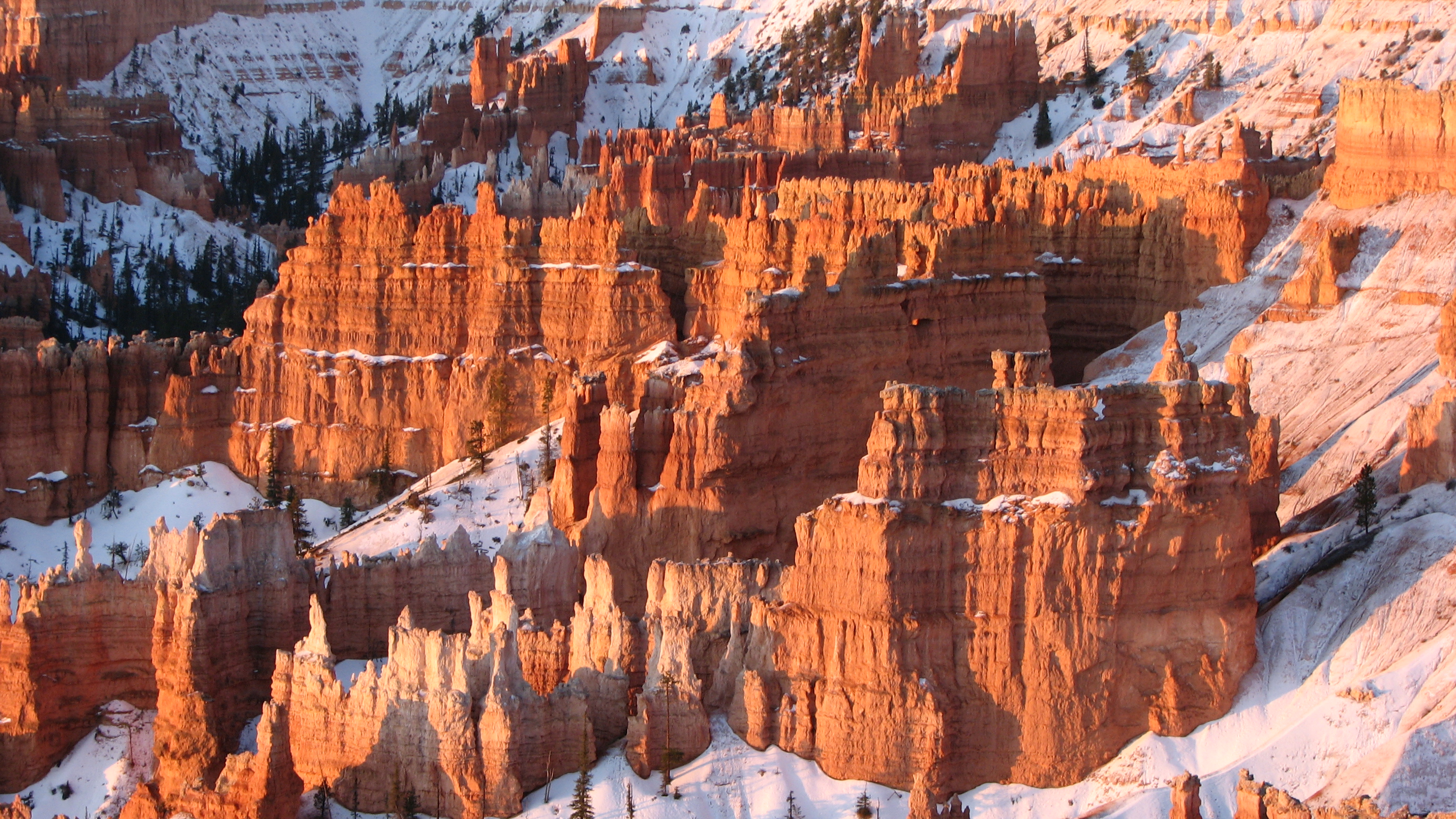
Bryce Canyon is a popular Utah national park, second only to Zion National Park. This southwestern Utah wonder is awash with unique hoodoos (tall, thin spikes of rock formed by erosion), which can be found in stunning mass at the Bryce Canyon Amphitheater. Take in the jaw-dropping views at Inspiration Point, then venture into the canyon at Sunrise Point to get a closer look at the amphitheater's striking natural architecture.

Like the name suggests, you'll find a bounty of natural arches in this eastern Utah national park – more than 2,000, to be exact. The most iconic of these stone structures are Landscape Arch and Delicate Arch (often seen on Utah postcards and the state's license plates). However, visitors are equally wowed by Balanced Rock and The Windows Section, the latter of which is home to the largest arches in the park.

New Zealand's largest national park is awash with fjords so stunning, they'll put Norway's famous natural attractions to shame. The fjords were carved by glaciers and can be found at multiple points throughout the park, though the most popular places to see them are Milford and Doubtful sounds. The park also features lakes, mountains and plenty of wildlife, including kiwis, seals, penguins and dolphins, making it the getaway of choice for adventure travelers.
Spanning the Continental Divide, this Colorado national park encompasses more than 265,000 acres of scenic mountain landscape and is home to more than 350 miles of hiking trails, 140-plus lakes and the 48-mile-long Trail Ridge Road, which reaches an elevation of more than 12,000 feet. Adventurous visitors will want to prioritize must-see spots like Longs Peak, Hallett Peak and Flattop Mountain along the popular Emerald Lake Trail for spectacular views. While exploring, travelers should keep their eyes peeled for local wildlife like mule deer, elk, marmots and bighorn sheep.

Kilauea volcano in Hawai'i Volcanoes National Park last erupted in December 2020, creating pools of lava and releasing plumes of gases into the air. Nevertheless, this shouldn't discourage vacationers from planning a visit. Travelers can take in the views along Chain of Craters Road, hike parts of Crater Rim Trail and explore the Kahuku Unit, a grassy area and former ranch situated on the side of Mauna Loa, the largest active volcano in the world. Be sure to check the park's website before arriving for up-to-date information about closures and air quality.
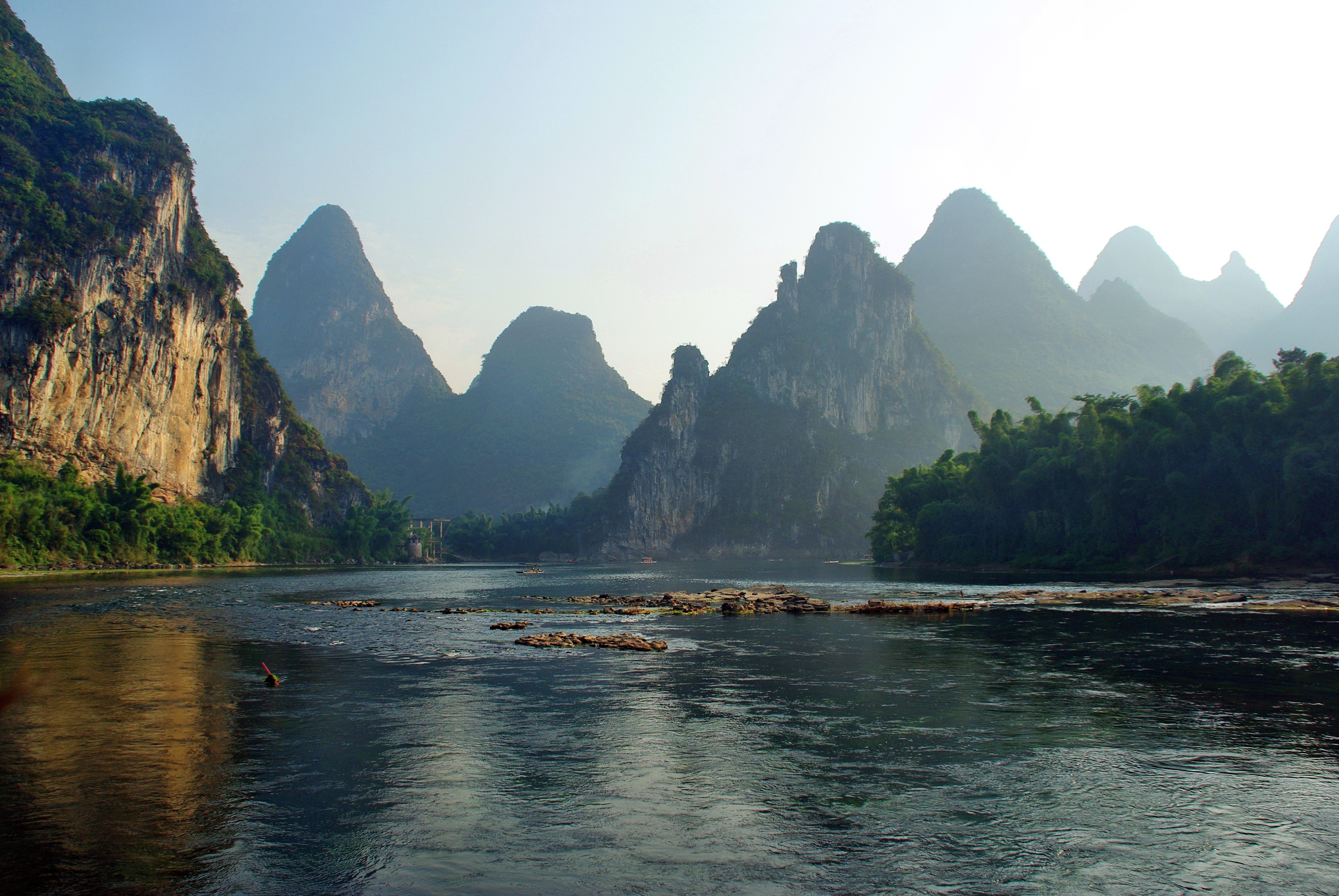
Southern China's Guilin and Lijiang River National Park stuns visitors with its misty peaks and tranquil river scenes. You'll encounter jagged limestone-formed karst hills, as well as caves and cliffs across the park that have inspired Chinese artists and poets throughout history. Explore by river cruise for the best views of can't-miss sights like Elephant Trunk Hill, which resembles an elephant bending over the river to drink water with its trunk.
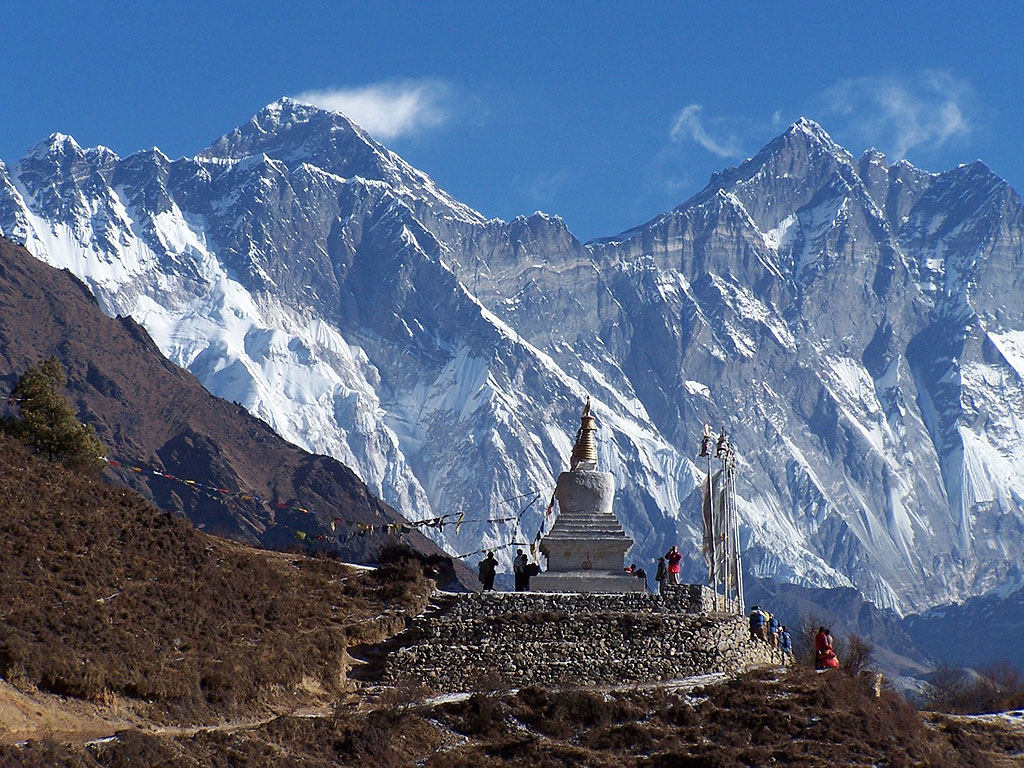
Situated in the Himalayas in eastern Nepal, Sagarmatha National Park is characterized by striking mountains, sweeping valleys and impressive glaciers. Many travelers know this national park for being home to Mount Everest, the world's highest peak. Although most people won't tackle a journey to Mount Everest's summit in their lifetime (it typically costs thousands of dollars and requires years of rigorous training), there are plenty of villages to explore and guided tours and treks that can take moderate to advanced hikers through the national park to admire its beauty.

Located just north of Serengeti National Park, Masai Mara National Reserve is easily one of the most popular safari parks in all of Africa. That's because the Kenyan reserve plays host to the famous wildebeest migration, which takes place from mid-July to mid-September. If you can't travel that time of year, you'll be more than pleased with a safari, where lions, cheetahs and leopards are known to make appearances. For an interesting vantage point of the sprawling landscape, consider splurging on a hot air balloon ride.
South Africa's iconic Kruger National Park is one of the most tourist-friendly game parks on the continent. Kruger is home to hundreds of animal species, including the big five – lions, leopards, buffaloes, elephants and rhinos – and birds like eagles, storks and vultures. What's more, the national park boasts a variety of excursions and luxury lodges, as well as camping spots and specialty packages for honeymooners and families, meaning travelers with various budgets will be able to find something that suits their needs.

Often overlooked for its northern neighbor, Yellowstone, Grand Teton National Park is a not-so-hidden gem. This Wyoming destination offers enviable scenery along its miles of hiking trails, including the picturesque pathways by Jenny Lake and the popular Cascade Canyon Trail, which is accessible from the Jenny Lake Loop Trail. The park also features plenty of outdoor activities for all seasons, plus opportunities to spot wildlife ranging from grizzly and black bears to bison and moose.

You may spot animals like penguins, pumas and whales here, but the landscape is the true star of the show. Located in Chilean Patagonia, Torres del Paine National Park encompasses more than 448,000 acres of stunning geographical features, such as Grey Glacier and the famous Cuernos del Paine, a set of awe-inspiring granite peaks that will make your jaw drop. The most popular hikes include the W Trek and the O Circuit, which are both journeys that take a few days to complete and often require guides.

Most visitors travel to Utah's first national park to see stunning Zion Canyon, but the park's trails are just as impressive. Experienced hikers should traverse sky-high Angels Landing (go early in the morning for fewer people) or brave The Narrows, which is the slimmest section of Zion Canyon. For a less strenuous climb, try the popular Canyon Overlook Trail or the Pa'rus Trail. Avid adventurers should also consider canyoneering for a unique view of Zion's geology.

Tanzania's Serengeti National Park is the world-renowned home of The Great Migration. Every year, roughly 2 million wildebeests and hundreds of thousands of zebras and gazelles cross the park in search of food and breeding grounds. Predicting when this momentous event will occur can be tricky, so if you don't have that kind of flexibility, a traditional safari is your best bet. You'll have the chance to see Serengeti's incredible landscape, as well as animals like leopards, lions, elephants, buffaloes and rhinoceroses.

As the largest national park in the Canadian Rockies, Jasper offers no shortage of outdoor fun. Come to this Alberta national park to enjoy an array of adventure activities in summer, including hiking, biking and boating, plus snowshoeing, cross-country skiing and ice climbing in winter. A spring visit will give you a front-row look at rushing waterfalls and offers prime bird-watching opportunities, while a fall trip lends itself well to camping. No matter when you visit, be sure you take some time to stargaze: Jasper is the second-largest dark sky preserve in the world.
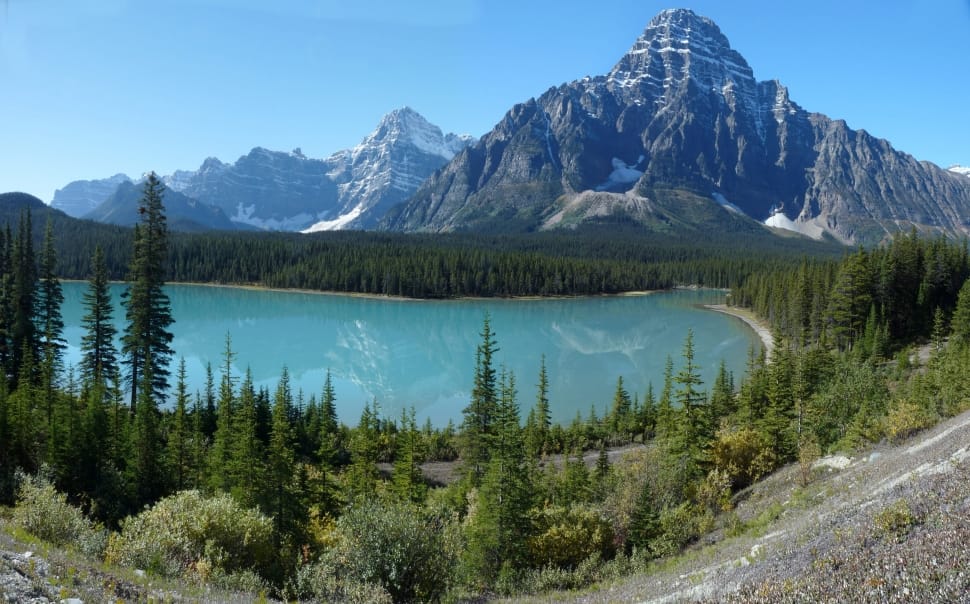
Situated in southwestern Alberta, Canada's oldest national park is also one of its most beautiful. Visitors can explore Banff National Park on foot along more than 1,000 miles of hiking trails – the Lake Agnes Trail features a seasonal European-style tea house – or drive the scenic Icefields Parkway for breathtaking views of glaciers and waterfalls. For an unforgettable experience, take the Banff Gondola to the summit of Sulphur Mountain, where you will find a viewing boardwalk, a restaurant, an interpretive center and a multisensory theater.

You can't beat the views at this world-famous Arizona national park. The Grand Canyon continually wows visitors with its shifting colors, vast depth and incredible rock formations. Whether you're flying in a helicopter over the canyon, rafting down the Colorado River or simply exploring with your own two feet, the majesty of the Grand Canyon is guaranteed to leave you completely breathless. To avoid crowds, swap popular South Rim trails for North Rim hikes like the quick-but-captivating Bright Angel Point Trail or the Widforss Trail, where you'll enjoy canyon and forest scenery.

Glacier National Park is Montana's crown jewel. The expansive 1 million-acre park, which was named after the remains of glaciers from the last ice age, offers captivating mountainous scenery left and right. Here, you'll find more than 700 lakes, six National Historic Landmarks (including Lake McDonald Lodge, Granite Park Chalet and the Two Medicine Store) and the famous Highline Trail, which follows the Continental Divide. Save time for a drive along the Going-to-the-Sun Road, or better yet, join a Red Bus Tour to soak up the sights.
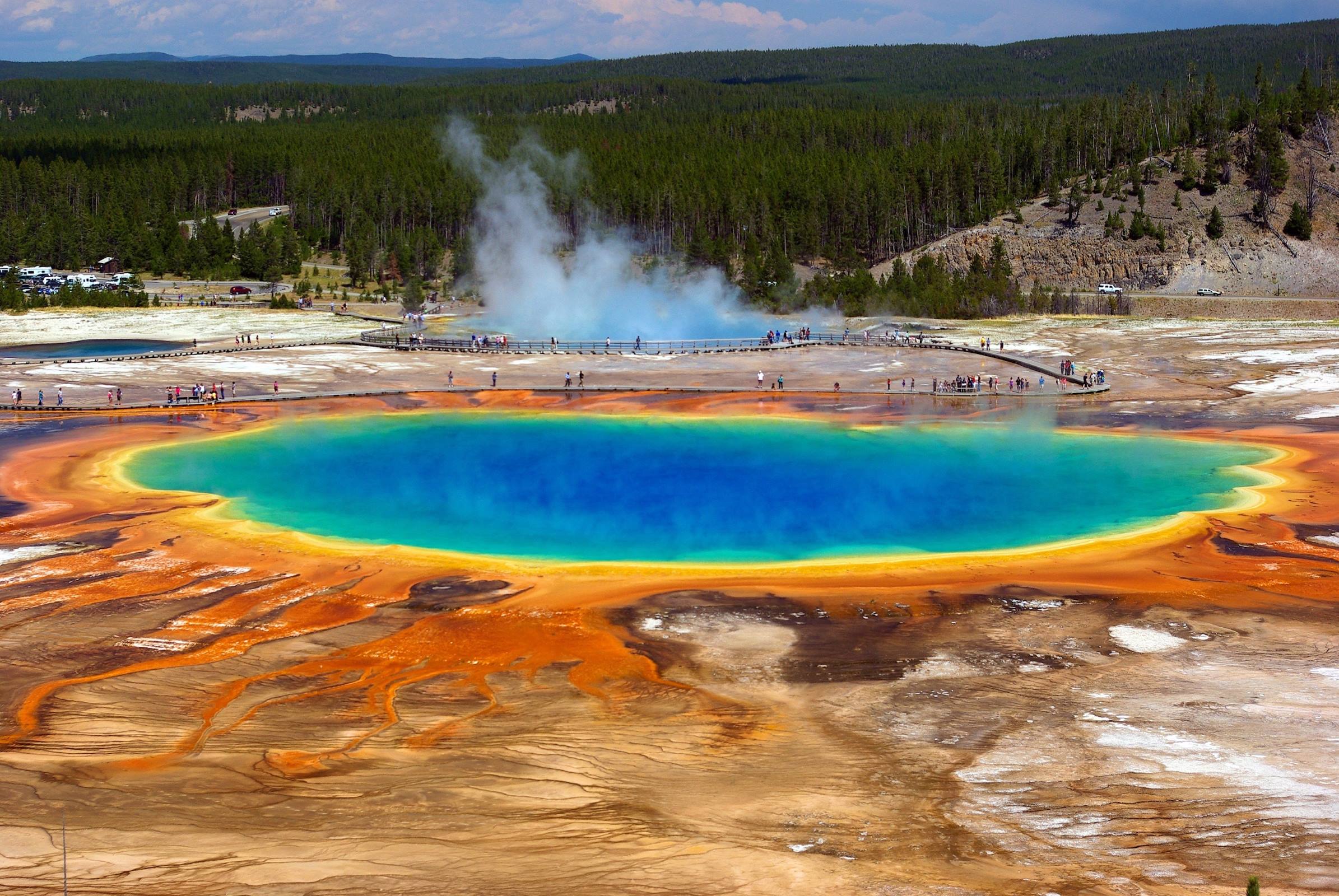
With numerous attractions scattered throughout its more than 2 million acres, Yellowstone is a national treasure. This protected area in Wyoming, Montana and Idaho is America's first national park (established in 1872), but its age has not dulled its natural beauty. Mammoth Hot Springs and Old Faithful continue to amaze visitors year after year, and less-crowded gems like Hayden Valley – an excellent spot for wildlife viewing – and Yellowstone Lake – perfect for kayaking or canoeing – are also worth a visit.
![]()
Located approximately 170 miles east of San Francisco, Yosemite offers visitors a plethora of impressive natural wonders to behold. Scenic landscapes, such as the famous Tunnel View and Valley View outlooks, and renowned landmarks like Half Dome and El Capitan are just a few of Yosemite's greatest attractions. Don't forget to swing by one of the sequoia groves to gaze at the towering trees. What's more, the California park boasts a whopping 750-plus miles of trails for travelers to traverse.